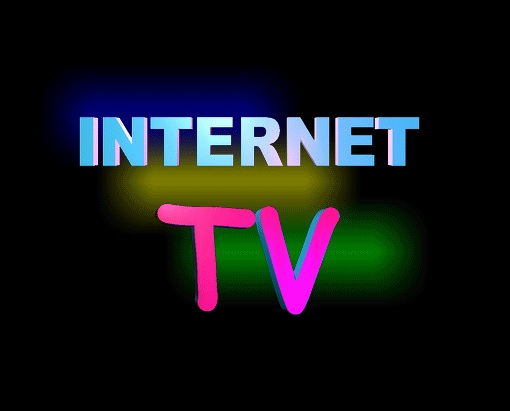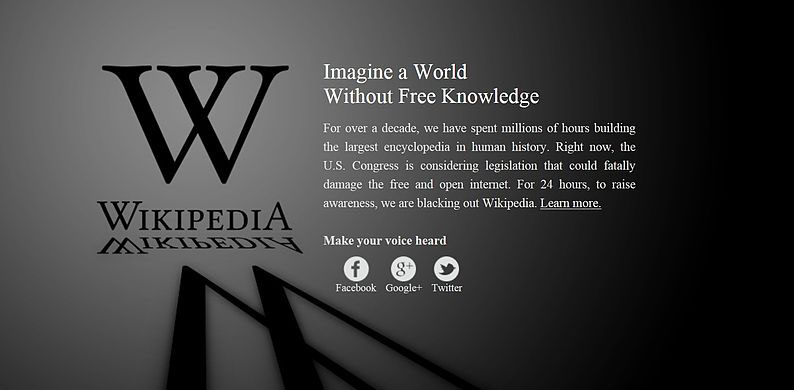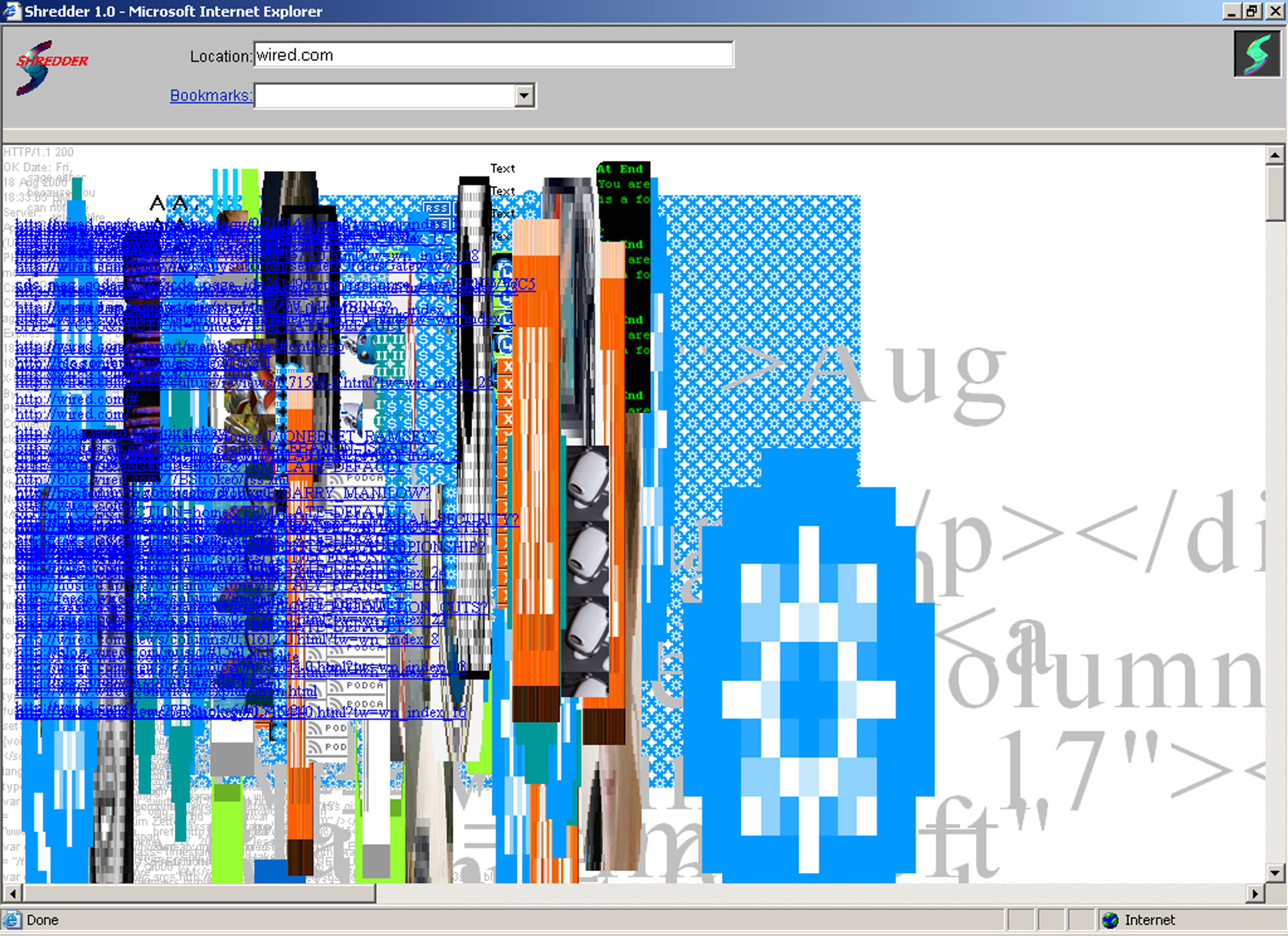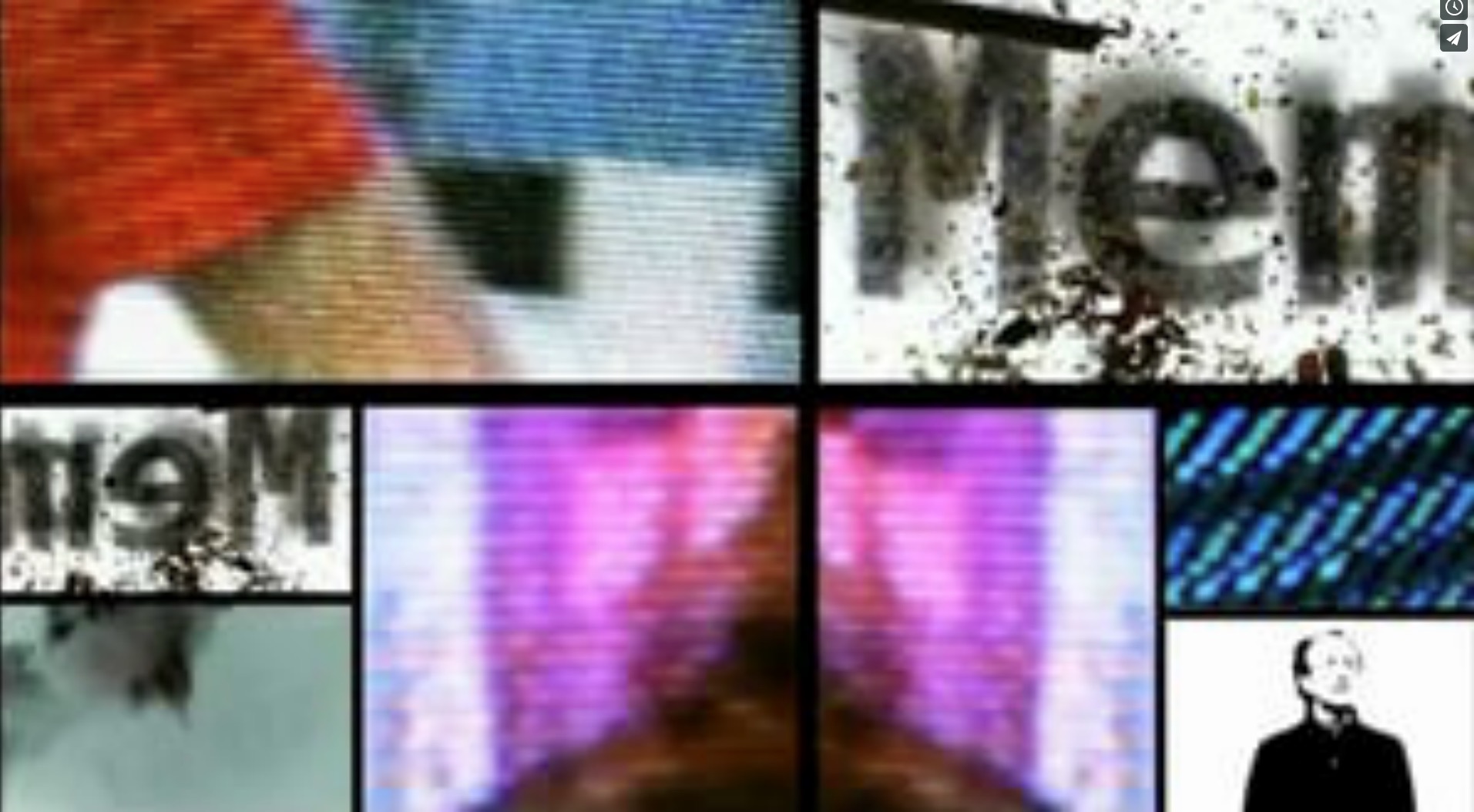Open Source Studio
Description
Week 2: August 20 – 26
Open Source Studio (OSS) has been designed as an immersive experience in the use of online tools for creative work, research, learning, and collaboration. We will take a close look at the history and concept of open source thinking, and how peer-to-peer methods of collaboration, openness, and transparency can be applied to the studio arts. Of particular interest is the cultural impact of open source methods, how techniques that encourage free sharing of information and the peer-to-peer process might inform and enrich our creative practice as artists. Location: Art B1-14
Assignments
Due Next Week: August 27
1 – Reading
Galloway, K. & Rabinowitz, S. “Welcome to Electronic Café International,” (1992) in Packer, R., & Jordan, K. (Eds.). Multimedia : from Wagner to Virtual Reality ([Expanded ed.). New York: Norton, 2002
Access to this reading requires a password provided in class. Once you link to the “Protected Readings” page, you will be able to access the pdf file for download.
Randall Packer (2015). “Collective Narrative“ from Open Source Studio. If the link doesn’t go directly to this part of the essay, just scroll until you find the section called “Collective Narrative.”
Be prepared to discuss the essay in class and see the WordPress assignment below.
2 – Research Critique: The Collective Narrative
You will be assigned an artwork to research for a short 250 word hyperessay about the work, the artist, and how it relates specifically to the topic of next week. Incorporate the reading (see above), as relevant, into your research post, discussing how it relates contextually to the work you are critiquing. Use next week’s Lecture Notes in The Collective Artwork page of the Syllabus to prepare your research, where you will find documentation and links about each of the works.
Research Critique Assignments:
- Yoko Ono: Cut Piece
- Sherrie Rabinowitz & KIt Galloway: Hole in Space
- Douglas Davis: The World’s Largest Collaborative Sentence
- Ken Goldberg: Telegarden
- Jenny Holzer: Please Change Beliefs
- Mark Hansen & Ben Rubin: Listening Post
- Christopher Baker: Hello World
Here are additional instructions for the research critique:
- Create a new post on your blog incorporating relevant hyperlinks, images, video, etc
- Add a featured image
- Apply the “Research” category
- Apply appropriate tags
- Post a comment on at least one other research post prior to the following class
3 – Micro-Project: Blog Narrative
The project explores the narrative possibilities of the blog as an instrument for stories that involve creative writing, photography, video, etc.
Outline
Hyperlecture Week 2: The Open Source Studio
Review
- Create sites for any new students.
- Review last week’s WordPress authoring techniques and the OSS Getting Started Tutorial
- Be sure everyone is setup and included in all social media platforms. (Flickr)
- Review first blog post assignments for technical issues.
- Review the class site navigation and assignment scheduling.
Project Hyperessay and Final Project: Internet Television

We will discuss in detail how the course leads up to the final project, including the Hyperessays and the Final Project broadcast. See the Project Hyperessay page and Final Project page for details.
First, here is an example of the Media Deconstruction program for my postREALITY.tv channel. This deconstructed segment of FoxNews was broadcast live over the Internet and generated in real-time through audio-visual mixing in my studio in Washington, DC.
WordPress Concepts

Taxonomies
A taxonomy is a naming system that allows us to group things together through specific names or keywords. Taxonomy is in a sense the language we use to speak to the database. It is important to realize that WordPress is a database, that it is storing and archiving our work, and that the real strength of OSS is its ability to aggregate our work and comments. However, unless we participate in the collective use of shared taxonomies, that is the organization of keywords, the database will not be as effective and useful. A useful reference is the WordPress description of Taxonomies.
It is also useful to see how I am using a system of taxonomies on my own blog, Reportage from the Aesthetic Edge. Note that my categories are organized hierarchically using parent categories, which helps to archive writing and media for specific projects and themes.
- I would like everyone to edit their category widget so that is displays your categories hierarchically. Just check the box for hierarchical listings. This is particularly useful when you have more than one class using OSS that has duplicate categories.
- Install Cloud Tag Widget
Note that in your theme, you will begin to develop category feeds when you click on the category menu. This allows you to easily track different types of assignments and project posts.
Research References
Often while researching you are using references from various articles. Whenever you use a quote, you want to include the author and where it comes from. You also want to use what is called the blockquote. There is an example below (see the quote by Vladimir Hafstein in the next section) that uses the blockquote and also mentions the author and the article it came from with a link. This is a good standard practice when doing your research critiques beginning next week.
- Using the blockquote
- Embedding Hyperlinks
- Styles
Review Micro-Project: Video Double
- What does each video reveal about the author/subject?
- Were effects used for the construction of self and identity and what “effect” did they achieve?
- How does social media play into our representation of ourselves and our identity, such as through the avatar or profiles? How do you present yourself on Facebook in terms of what you post and what is in your profile?
Discussion of Reading: Open Source Studio

Randall Packer (2015). “The Way of Open Source“ and “The Open Source Artist” from Open Source Studio.
“Creativity as a social process is the common denominator… the act of creation is a social act… a node in a network of relations.” – Vladimir Hafstein, associate professor of folkloristics and ethnology at the University of Iceland
Review the article and its references.
Some questions concerning open source ideology to consider:
- Why do we think of open source as “utopian,” “free-spirited,” “anarchic,” “risky” or even “impracticable?” What is the fear of open source in an economically-driven society that values and protects proprietary methods?
- What was the impact of Microsoft founder Bill Gates’ decision to “sell” software in 1976, or Steve Jobs to sell Apple Computers when up until that time it was strictly the domain of hackers and software enthusiasts and hobbyists who built hardware and wrote software purely for purposes of sharing and trading for free.
- How do the concepts and ideologies of open source thinking impact and shape our study and creation of art? Refer specifically to artworks we have read about in The Open Source Artist.
- How is art a social activity?
- How does the content of a work involve communications?
- How is OSS, based on open source thinking, a platform for peer production that will help catalyze our learning process, both collectively and individually? We will continue to discuss this.
Works for Review: The Open Source Artist
How do artists use techniques of appropriation to create collage work with electronic media.
- Nam June Paik, Global Groove (1973)

Anticipating MTV music video of the 1980s, the artist superimposed mass media, dance, rock, and avant-garde performance. A prophet of open source thinking, Paik declared: “If we could compile a weekly TV festival made up of music and dance from every country, and distributed it free-of-charge round the world via the proposed common video market, it would have a phenomenal effect on education and entertainment.”
- Mark Napier, The Shredder (1998)

In Mark Napier’s The Shredder, the artist designed a custom browser that deconstructs or “shreds” Websites, providing the viewer the means to appropriate and generate their own collaged abstraction using the Web as a vast open source repository. The artist has essentially created a tool that resituates the viewer as the protagonist for real-time appropriation. What does this appropriation, remix, and collage reveal about the nature of the Web?
- Mark Amerika, Remix The Book (2012)

Mark Amerika (pseudonym), a pioneering digital artist, recently published remixthebook [vi] (2012) with a curated Web exhibition inviting artists to appropriate digital remixes of his book in forms that range from experimental sound to spoken word to video. Amerika suggests that his remixthebook project could be considered “an open content platform for others to use as source material for their own art work, literary creations, 21st century multimedia theory, and/or innovative coursework.”
Artists also use open source sharing to make research available through their Websites and blogs. Artists sites by Jon Cates, Mark Amerika, as well as my own Reportage from the Aesthetic Edge, provide a window that gives open access to the studio and artistic process. These sites use networked space as an arena for experimentation, such as in the fragmented utterances of Cates’ GL1TCH.US[; or Mark Amerika’s Professor VJ, in which the artists are spontaneously testing ideas through experimental writing.
- Mark Amerika, Professor VJ
- Randall Packer, Reportage from the Aesthetic Edge
- Jon Cates, GL1TCH.US
- Annie Abrahams, Net Art Video and Performance
- Curt Cloninger, 404 Awaits
- Rosa Menkman, Sunshine in my Throat
- Dirk Paesmans and Joan Heemskerk, Jodi.org
These blogs and Websites point to different ways that artists can open up their work and practice to the world via the Net as a medium for artistic invention and creative writing. In our globally connected world, is it useful for artists to open up their work and process to an online audience?
Review Assignments for Next Week